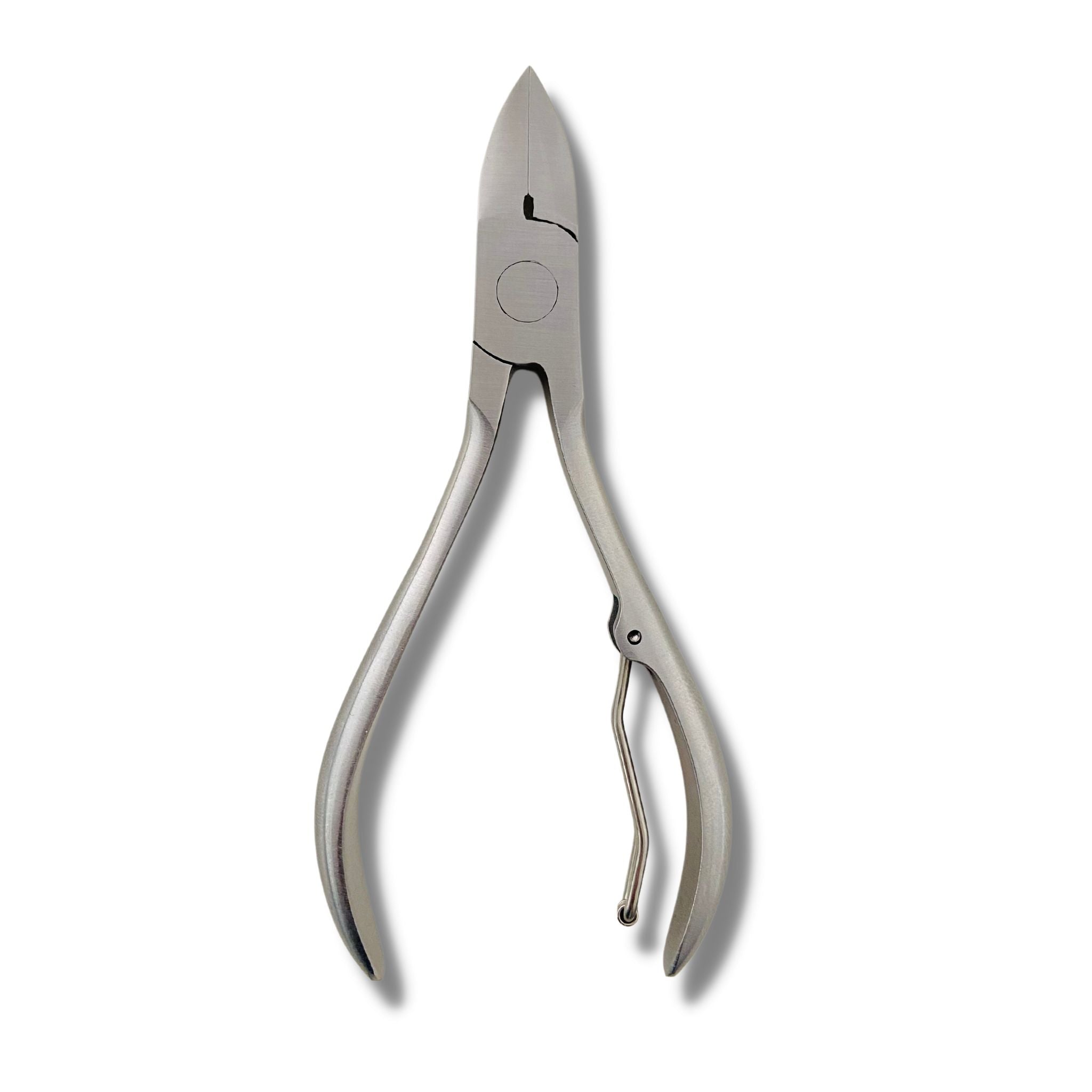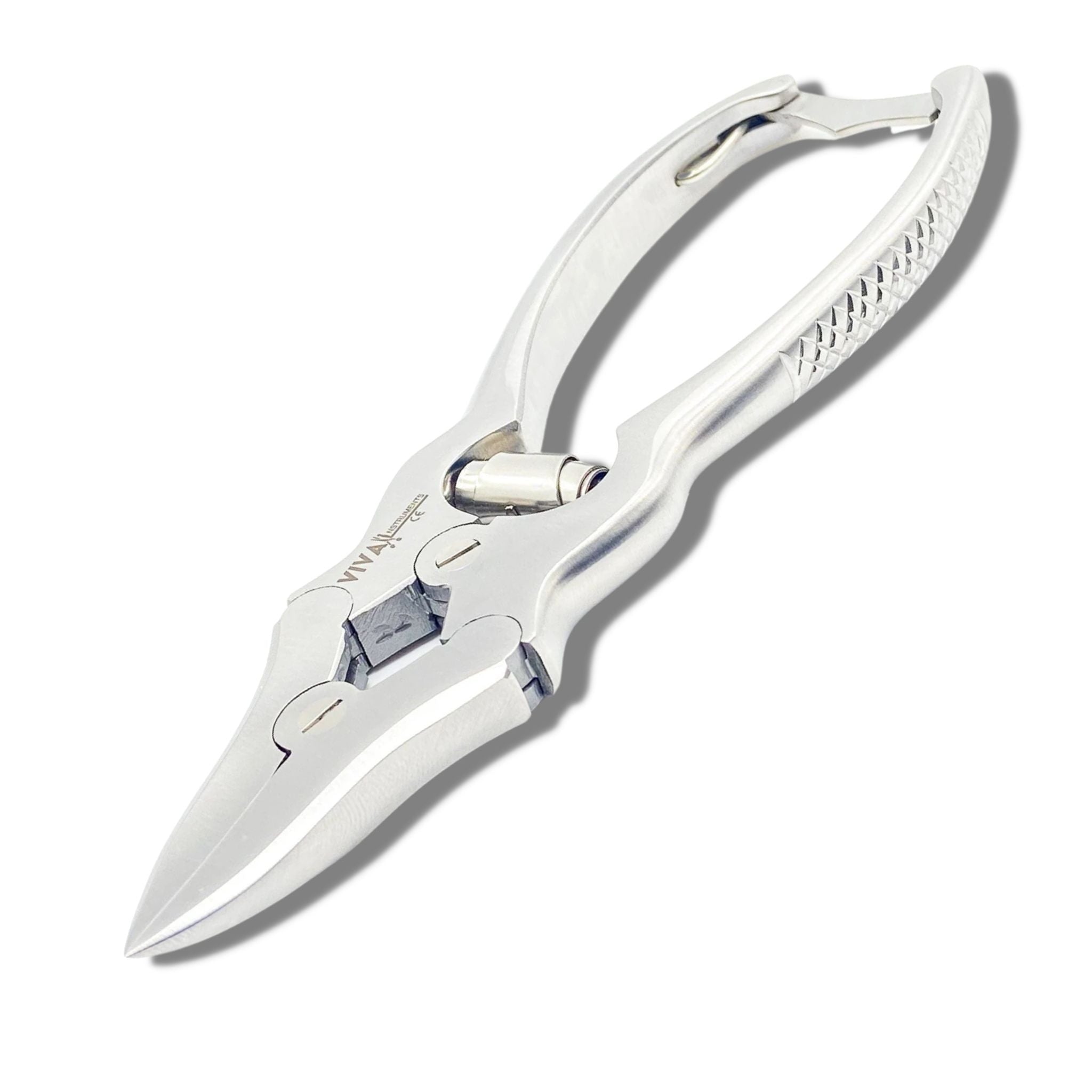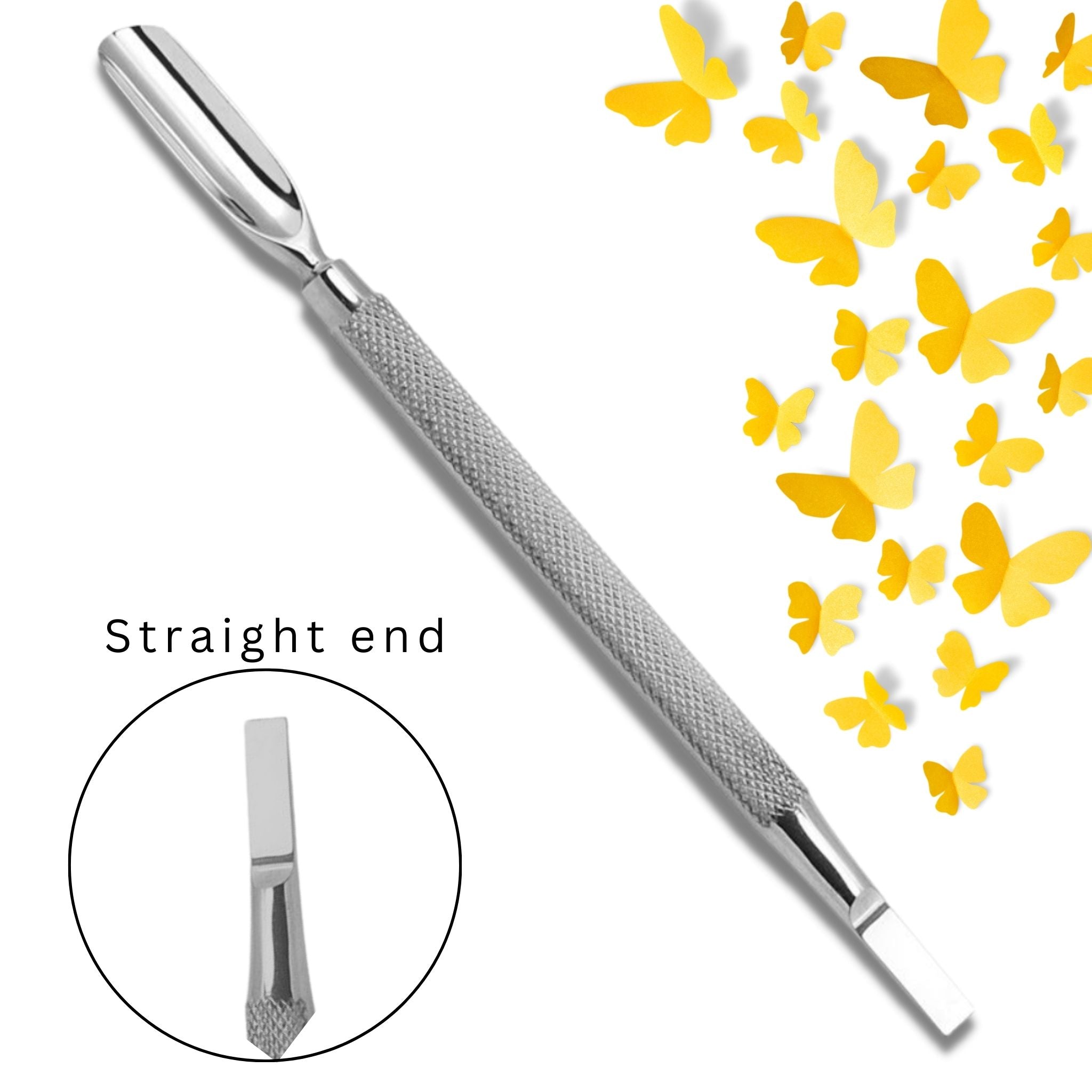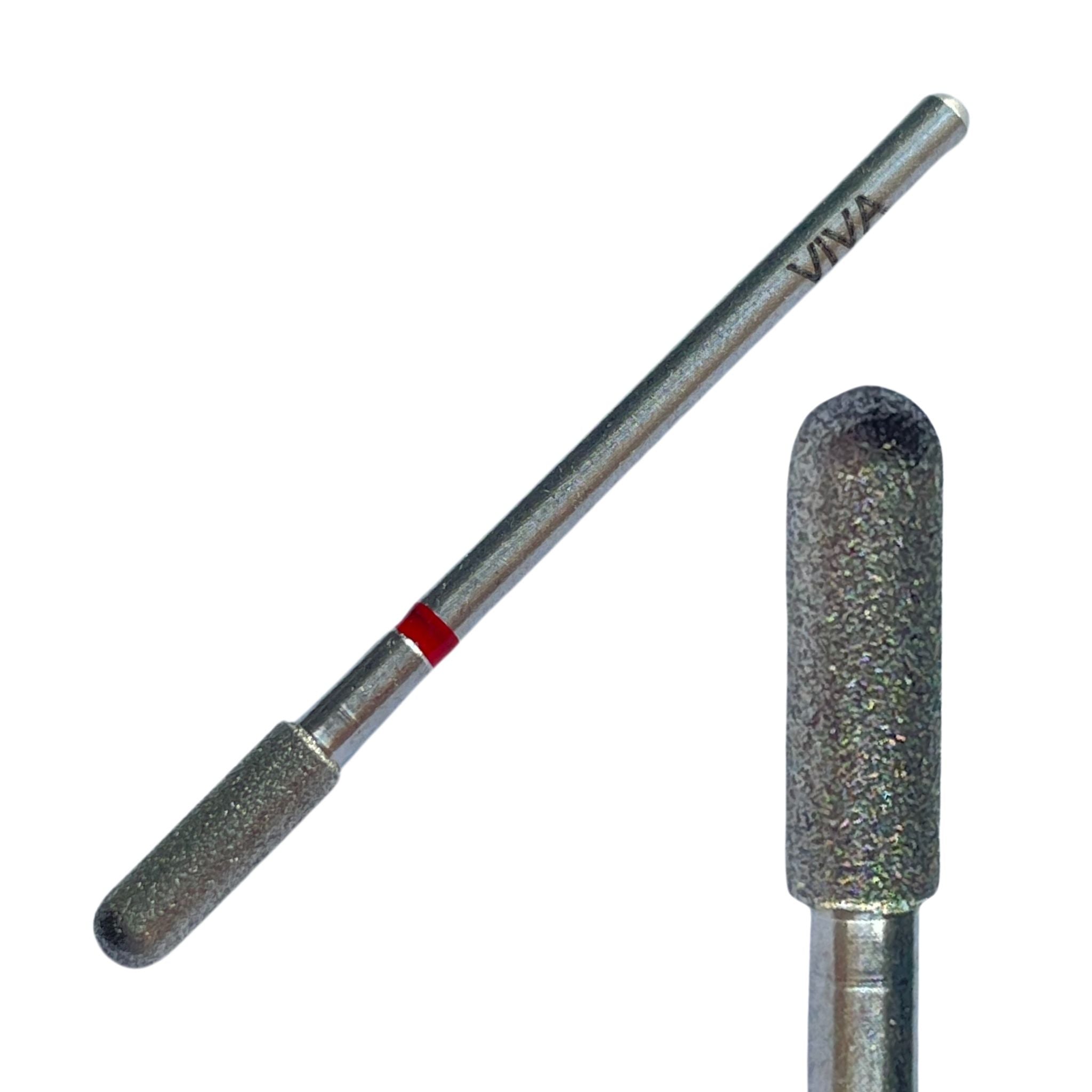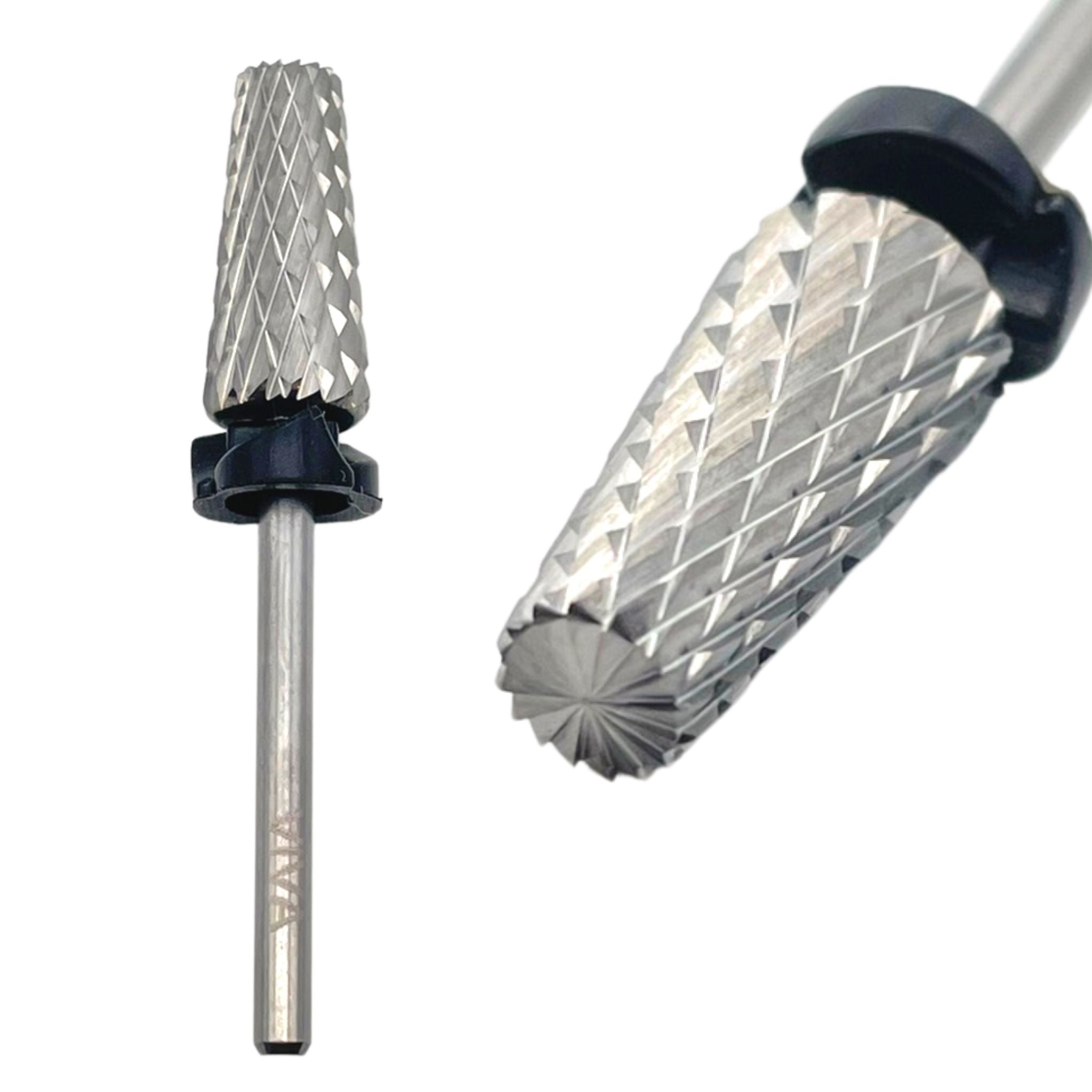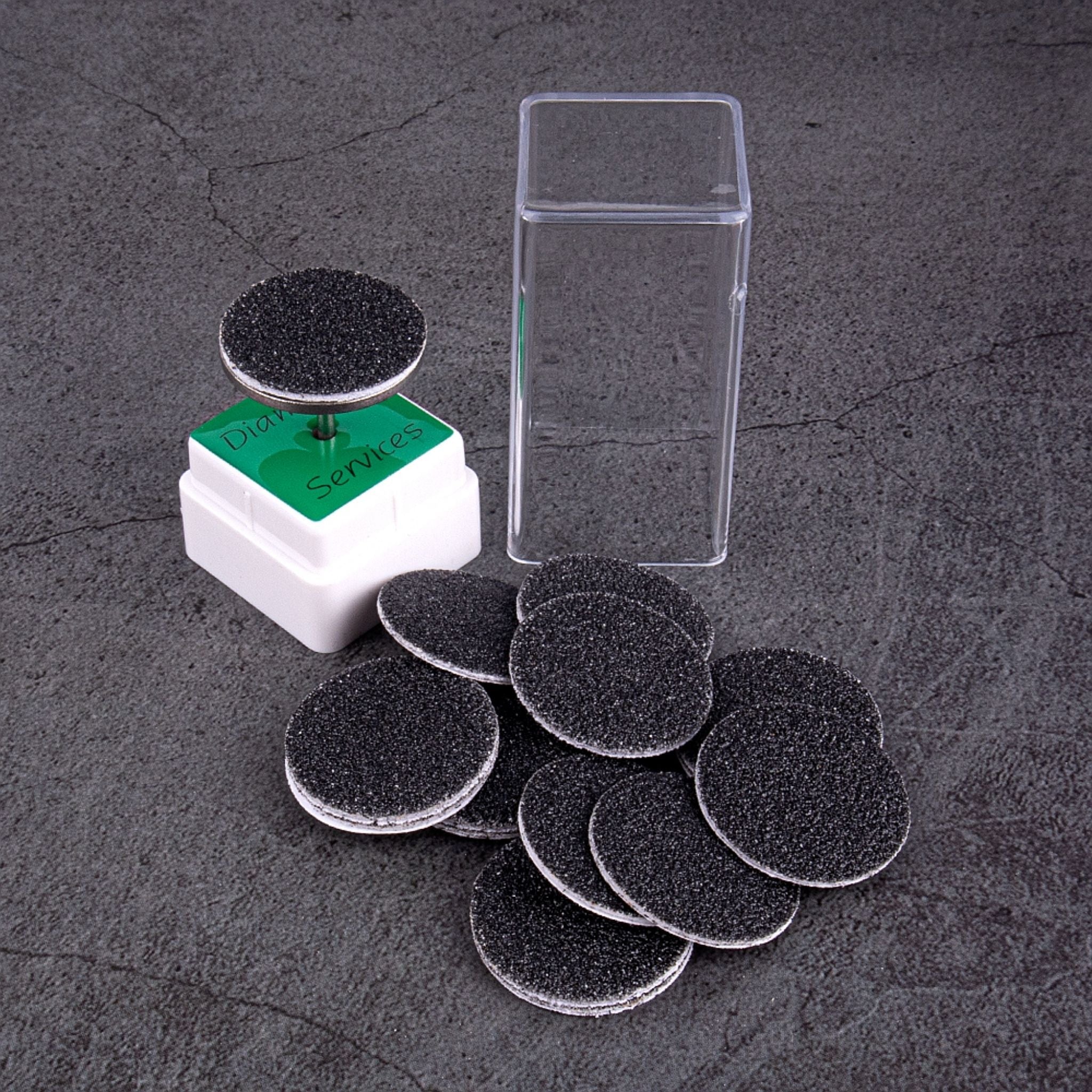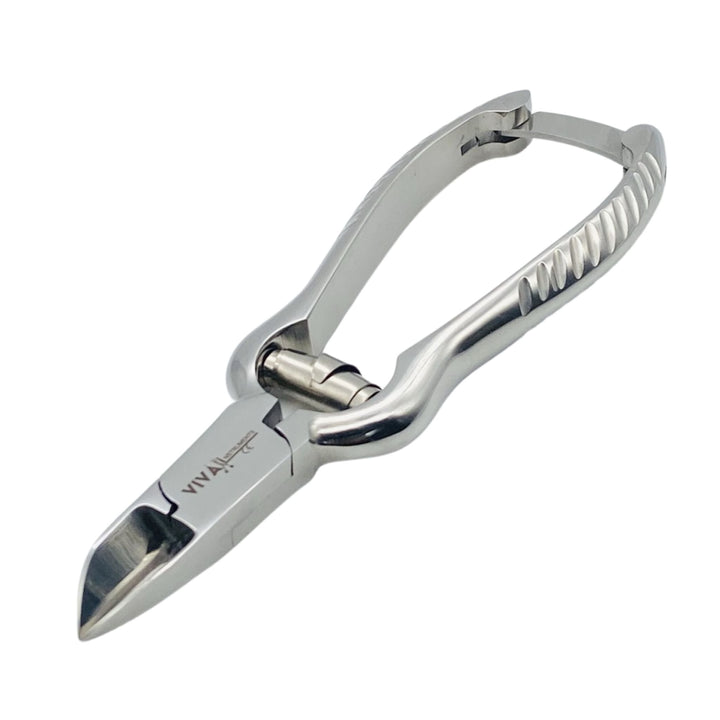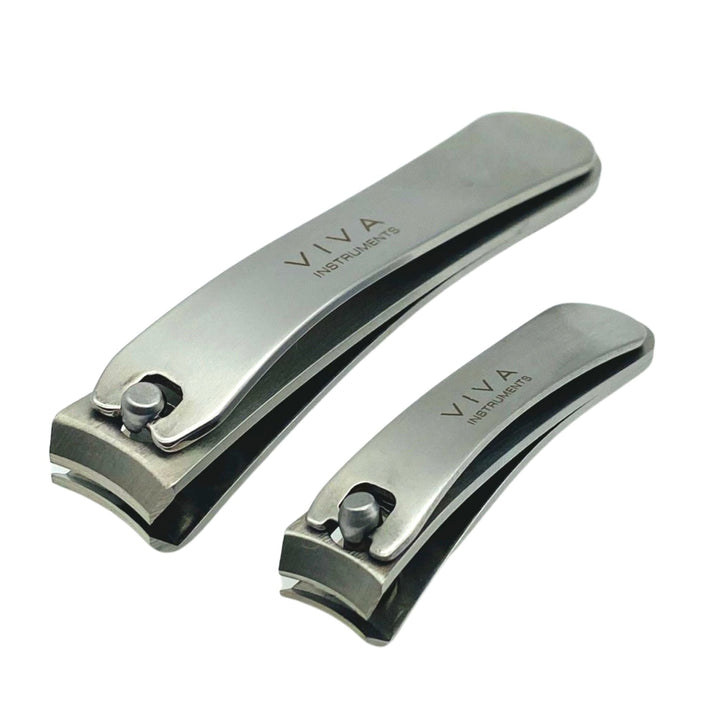-
Home
-
Podiatry Instruments
-
Nail Tools
-
Hair Scissors

Professional Scissors
Up To 50% OFF
-
New Arrivals
-
% On Sale
- Bundles Sale
-
Info

Podiatry Instruments | Disinfection | Viva Instruments
I participated in a discussion with APMA's Clinical Practices Committee to propose a new standard for the use of podiatry tools in clinical practice.
Much of the CDC document is not directly applicable to daily office practice, but it is available online to APMA members by searching the members section of www.apma.org for the term "disinfection."
While there is a growing trend for instruments to be recycled in central facilities, most podiatry instruments in the US are not recycled. Although dentists classify their instruments, the CDC says podiatry instrumentation is not approached in the same way.
The study is the first to compare the effectiveness of CD and LDU purification processes with podiatric instruments contaminated after routine use. Concerns have been raised about the safety of reprocessing LDUs, which are more susceptible to contamination by bacteria and other contaminants than CDUs and the purification process.
When grouping instruments for podiatry, we found that CDU instruments contained a higher proportion of LDU than identically sized groups of instruments. This feature is associated with increased retention and contamination of endodontic files, which also exhibit a grooved surface topography. Similar patterns of cleaning efficiency were observed in black files, which may be due to their smaller edges and surfaces compared to the more complex surfaces and topographies of other instruments, as well as the presence of bacteria and other contaminants.
Our group found that the lowest limit for detection by OPA test is 5 mg / ml (see supplementary figure). The lower the limit value, the higher the concentration of LDU in the podiatry instrument, and the lower is determined.
Previous studies have focused on the preparation of CDU by examining surgical instruments that contain proteins detected during the preparation [8, 14]. The LDU values in various surgical tools, including Metzenbaum scissors and forceps, fluctuated between 163 and 756 mg / ml, which is similar to those reported here [14, 15]. Similarly, dental endodontics files that have been newly processed and exhibit complex surface topography in some cases exhibit similar LD-U values as in Pear - Drill 8 [16, 17].
Based on the current document and the findings of the FDA in dental practices, glass bead sterilization is recommended for all surgical instruments [17].
There is no evidence that glass bead sterilization of surgical instruments in general, or glass beads in particular, destroys the quality and safety of the surgical instrument or its components.
Examples would be tissue forceps or curettes used by a doctor to treat debridement, ulceration or cuts. There is no evidence that these objects penetrate sterile tissue or vascular systems. Therefore, they must be sterile in the sense that contamination could transmit disease.
With non-critical instruments, virtually no risk of transmission of infections through transmission or infection is documented. The U.S. Centres for Disease Control and Prevention (CDC).
Regarding the threshold for the cleanliness of recycled instruments, all instruments in the data reported herein have been classified as clean. The number of clean instruments decreased considerably as more sensitive analytical methods were used. Of the 19,189 instruments refurbished by the LDU, 68 were refurbished by the CDU and 19 of them were deemed clean. In addition, more complex instruments which had been criticised, such as high pressure and high temperature instruments (e.g. instruments with a temperature of more than 1,000 degrees Fahrenheit), were rejected as "clean" compared to the other instruments.
Techniques with greater quantitative sensitivity have been developed to improve the validation of instrument preparation through visual inspections and published standards.
Examples are fluorescent microscopy techniques with SYPRO ruby staining, which can detect up to 85 pg of protein on a surface of 1 mm2 (this is the size of the device reported in this study). The total protein extracted from a podiatry instrument would be about 1,000 times larger than that of a normal instrument. The degree of sensitivity of an instrument when testing for protein contamination should depend on the method used by the instruments.
Podiatry instruments are currently being reprocessed in the United States, with a national strategy favouring the move towards reprocessing in a centralised facility.
We tried to find out whether residual proteins were detected in local and centrally processed podiatry instruments by measuring the residual protein content of 189 instruments processed locally and 189 instruments processed centrally. We used a fluorescent test based on the presence or absence of a particular protein in a sample of each instrument and the number of cells in the sample. The presence of residues from locally processed and centrally processed instruments was determined by combining the amount of protein present in their samples and their isotope composition, as well as by using fluorescence assays that were used.
- Choosing a selection results in a full page refresh.






